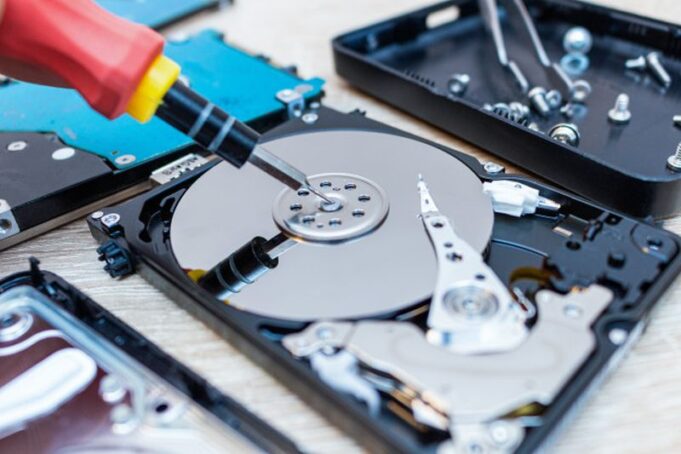Data Recovery storage media have not stopped evolving. Unlike the hard disk (magnetic medium) and the CD/DVD/BD (optical medium), the USB key works according to a completely different principle (purely electronic). The advantages and disadvantages of the USB key are numerous. Therefore, the need for USB flash drive Data Recovery becomes urgent.
How does a USB flash drive work?
The USB key uses a different storage principle from that of the hard disk or the CD-ROM. The storage element in a USB drive is a memory chip, called Flash memory .
Flash memory – Heart of the USB key :
Flash memory is an electronic component made from a layer of semiconductor. In particular silicon and germanium whose atoms have four electrons on the outer orbit instead of 8 electrons. These properties allow the atom to be stable thanks to the covalent bonds with its neighbors. For this reason, these materials are considered semi-conductors because their current conductivity is low without being insulating.
Birth of the Bit – Smallest USB Flash Drive Data :
A stable high or low state (positive or negative) can represent a bit (1 or 0). A high stable state can be changed to a low stable state by applying an electrical voltage. The name of this operation is Memory Flashing. That is to say change its content. So, each time the USB key is inserted into a USB port to write data, we are “Flashing” the memory. A memory having this particularity is called “Flash memory”.
The advantage of the modified semiconductor is that it can remain in a stable state without an external power supply. For this reason, a USB drive can retain Twitter data without power. Unlike RAM, which requires permanent power to store data.
Memories used in a USB key :
In terms of manufacturing and operating technology, there are different types of Flash memory in USB sticks; The most known forms currently are: TSOP48, TSOP54, BGA 152, TLGA 52, BGA 132, BGA 153, VGA 100, eMMC etc.

